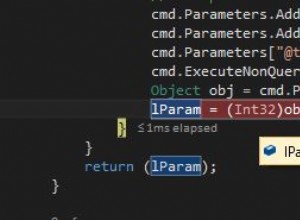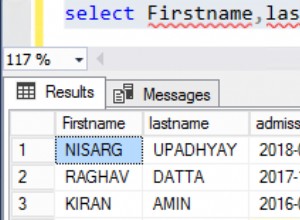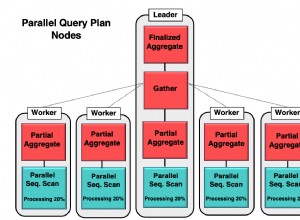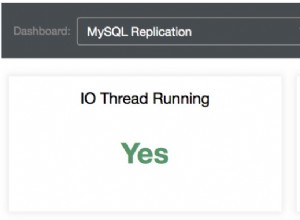Di android mereka adalah kelas pembantu yang memiliki kelas induk Sqlite yang memiliki semua anggota data dan berfungsi untuk mengakses melalui kelas ini. Melalui kelas ini Anda dapat membaca, menulis, dan membuka data. Untuk mengetahui lebih lanjut tentang ini, baca tautan ini
http://www.codeproject.com/Articles/119293/Using-SQLite-Database-with-Android
Untuk terhubung ke database, Anda memerlukan objek Connection. Objek Connection menggunakan DriverManager. DriverManager memasukkan nama pengguna basis data Anda, kata sandi Anda, dan lokasi basis data.
Tambahkan tiga pernyataan impor ini ke bagian atas kode Anda:
import java.sql.Connection;
import java.sql.DriverManager;
import java.sql.SQLException;
Untuk mengatur koneksi ke database, kodenya adalah ini:
Connection con = DriverManager.getConnection( host, username, password );
Lihat contoh ini
try (
// Step 1: Allocate a database "Connection" object
Connection conn = DriverManager.getConnection(
"jdbc:mysql://localhost:8888/ebookshop", "myuser", "xxxx"); // MySQL
// Connection conn = DriverManager.getConnection(
// "jdbc:odbc:ebookshopODBC"); // Access
// Step 2: Allocate a "Statement" object in the Connection
Statement stmt = conn.createStatement();
) {
// Step 3: Execute a SQL SELECT query, the query result
// is returned in a "ResultSet" object.
String strSelect = "select title, price, qty from books";
System.out.println("The SQL query is: " + strSelect); // Echo For debugging
System.out.println();
ResultSet rset = stmt.executeQuery(strSelect);
// Step 4: Process the ResultSet by scrolling the cursor forward via next().
// For each row, retrieve the contents of the cells with getXxx(columnName).
System.out.println("The records selected are:");
int rowCount = 0;
while(rset.next()) { // Move the cursor to the next row
String title = rset.getString("title");
double price = rset.getDouble("price");
int qty = rset.getInt("qty");
System.out.println(title + ", " + price + ", " + qty);
++rowCount;
}
System.out.println("Total number of records = " + rowCount);
} catch(SQLException ex) {
ex.printStackTrace();
}
// Step 5: Close the resources - Done automatically by try-with-resources
}




